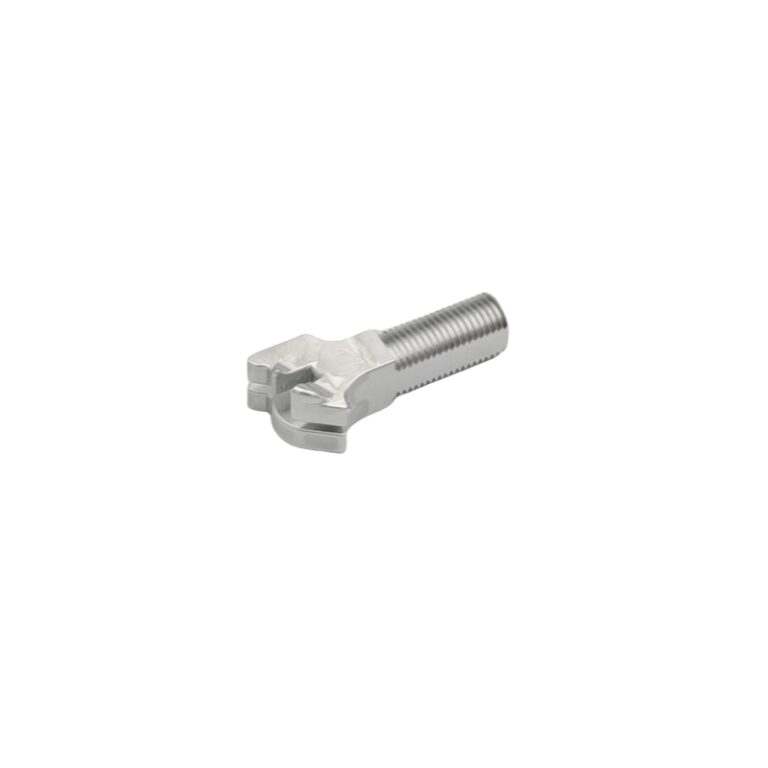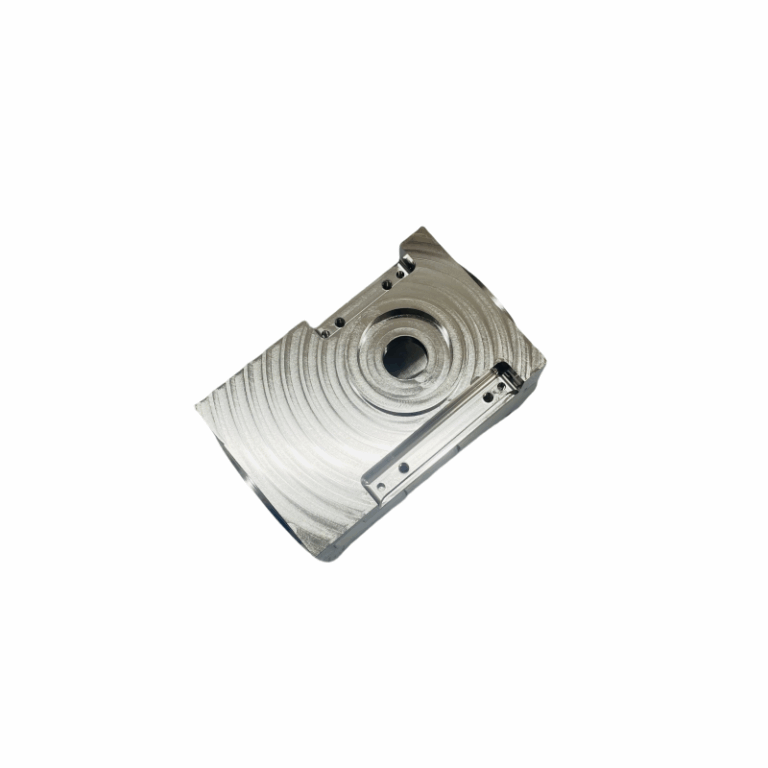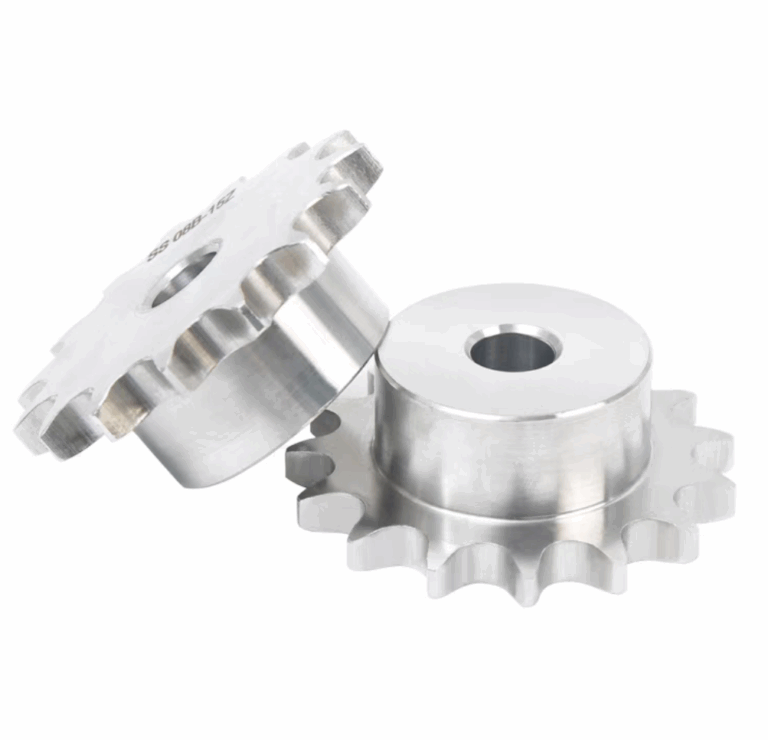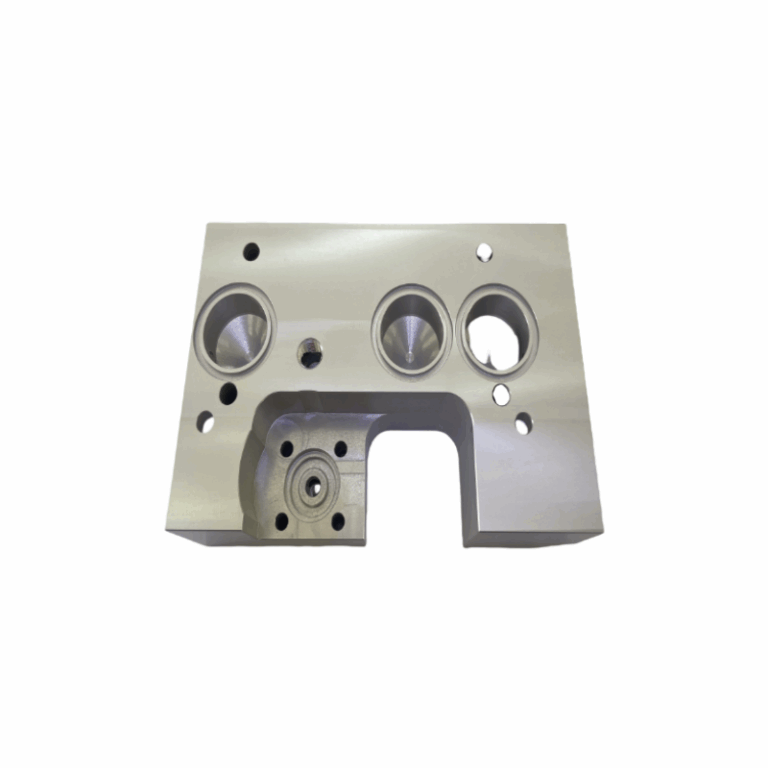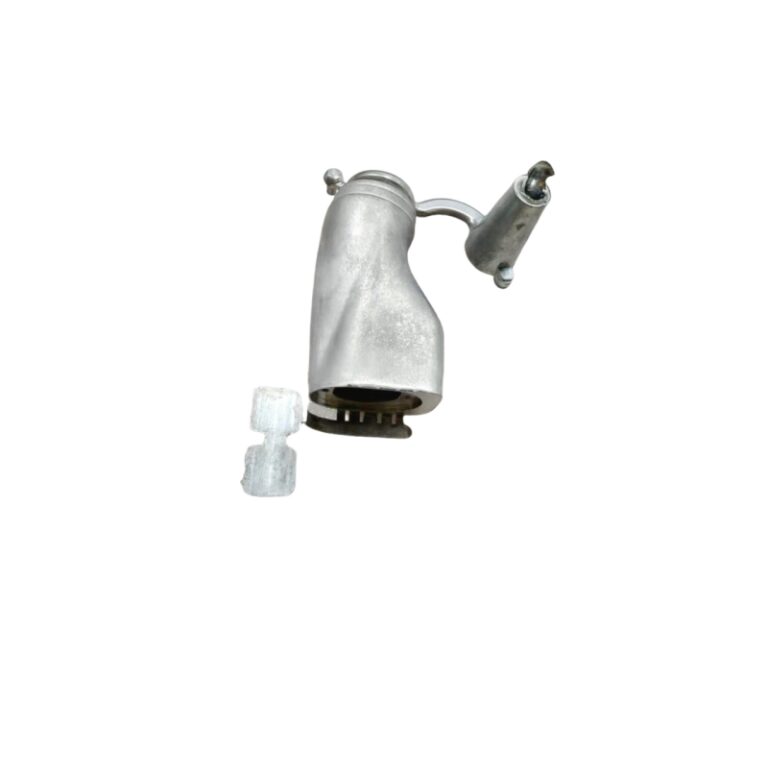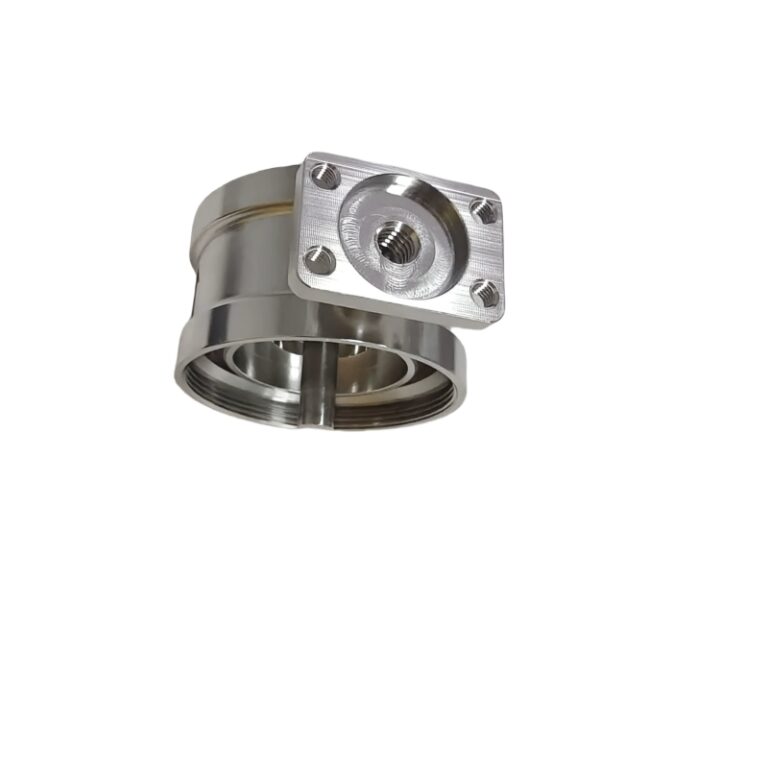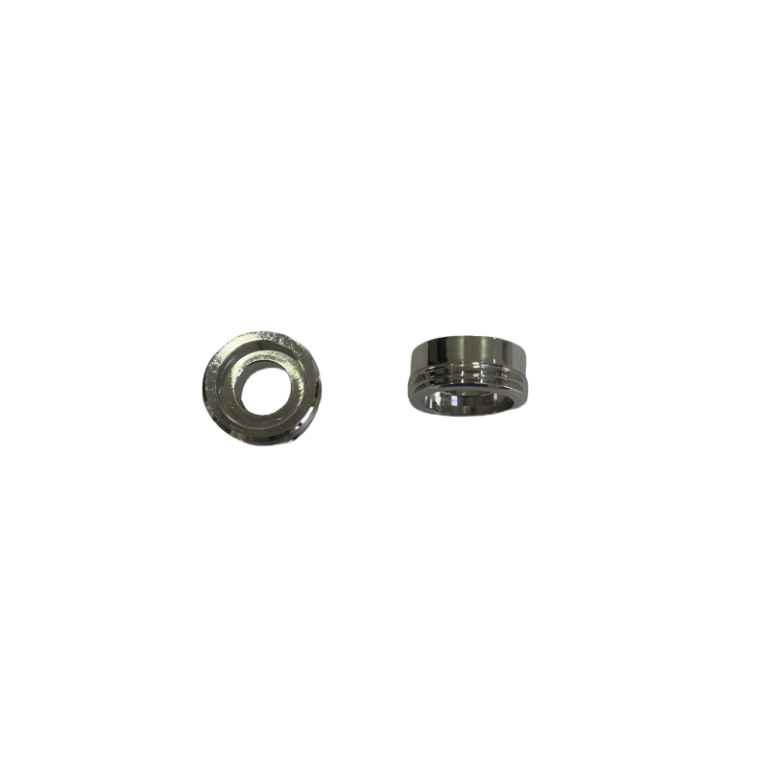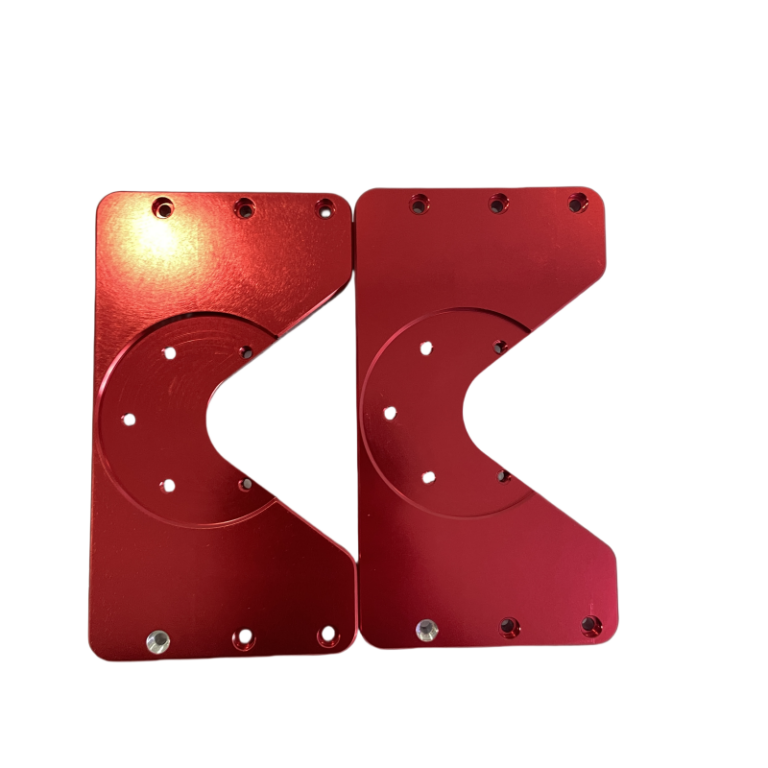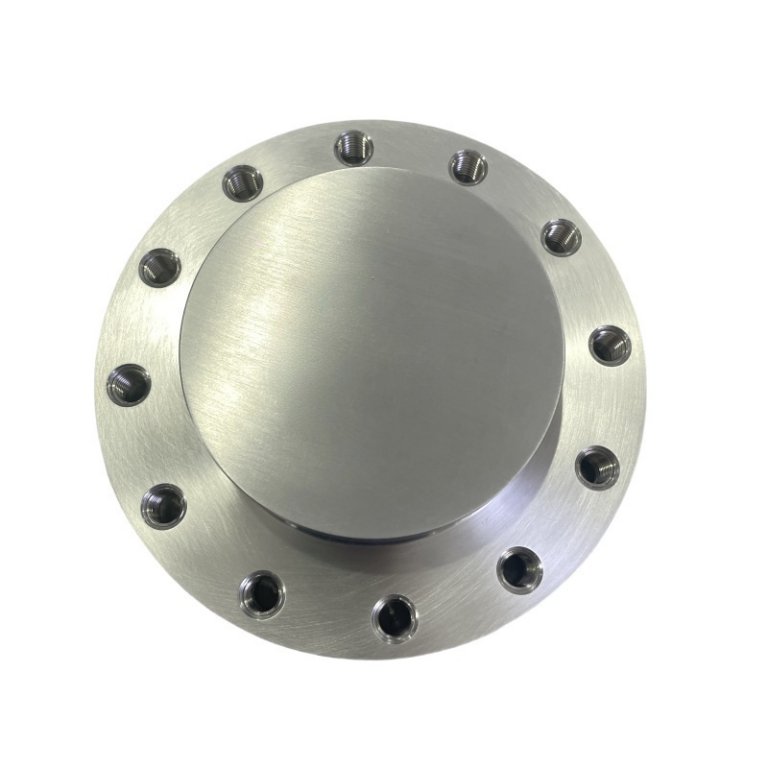TIG welding is a high-quality, high-efficiency welding method. What are its principles and advantages? What are the areas and occasions it can be applied? This article will introduce you in detail to the definition, advantages, principles, applications, and operation processes of TIG welding, and TIG welding services at DMTC.
TIG welding definition:
TIG welding is the abbreviation of Tungsten Inert Gas Welding, also known as Argon Arc Welding. It is a welding method that uses a non-melting tungsten electrode to generate an arc under the protection of inert gas to heat and melt the workpiece. TIG welding has the following characteristics:
1: High welding quality: Since the inert gas can effectively protect the arc and melting ponds and prevent the mixing of oxidation and impurities, TIG welding can obtain high-quality, non-defective welding seams.
2: High welding efficiency: Due to the stable arc, high thermal efficiency, high melting deep, and small deformation, TIG welding can achieve high-speed and continuous welding.
3: High welding flexibility: Because tungsten poles do not melt, you can choose whether to add fill metal as needed, so TIG welding can adapt to welding in different thicknesses, different positions, and different forms.
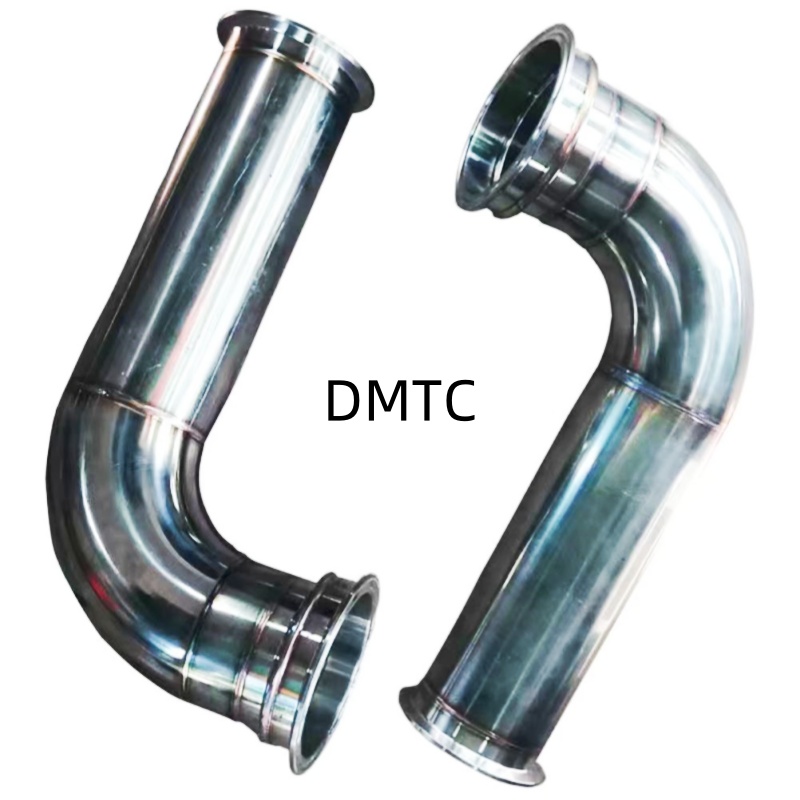
What are the applications of TIG welding in industry and life?
Because TIG welding has the above advantages, it has a wide range of applications in industry and life. TIG welding can be used in the following aspects:
1: Various metal materials can be welded: including carbon steel, stainless steel, aluminum alloy, copper alloy, titanium alloy, etc.
2: Workpieces that can be welded with thickness: high-quality welding can be achieved from 0.1mm to 10mm.
3: Workpieces that can be welded in various locations: including tablets, standing boards, horizontal angles, vertical angles, etc.
4: It can be used in various industries and fields: such as aerospace, nuclear energy, automobile manufacturing, shipbuilding, medical equipment, etc.
TIG welding working principle:
The working principle of welding is based on arc welding technology. Specifically, the arc between the tungsten electrode and the workpiece is used to melt the metal to form a welded seam. In this process, the tungsten electrode is used as a non-consumable electrode and does not melt, which only plays the role of conductivity. During welding, the metal melts the metal by the heat generated by the arc to form welds. To protect the arc and melting ponds, the inert gases will be connected during the welding process, such as rigidity or signs, these gases can effectively isolate the air, prevent welding oxidation, and improve the welding quality. In addition, according to the specific needs of welding, fill metal can also be added to meet specific welding requirements.
TIG operation process:
1· Preparation: First, ensure that the work area is neat, and there are no flammable or other dangerous items; second, wear personal protective equipment such as welding masks, welded gloves, and fire protection clothes; Clean the surface of the welding position.
2· Adjust the device: According to the requirements of the welding material and welding method, adjust the current, voltage, and gas flow of the device. Ensure that the welding equipment is reliable and connected to the correct power supply.
3. Positioning and fixing: Position and fix the materials to be welded to ensure stability during welding. Welding fixture or fixture can be used to help position and maintain the location of the welded parts.
4. Pre-heat operation: Some large or large-thickness welding parts need to be performed before the thermal operations that welding materials can melt and flow at appropriate temperatures.
5. Inspection quality: After welding is completed, quality inspections are required for welds. Common inspection methods include visual inspection, hydraulic examination, and X-ray examination. Checking the quality of the weld can ensure the strength and durability of the welding.
6. Post-treatment: After the welding is completed, some post-processing work is needed. First, cool the welding site and remove welding slag and dirt. Then process and repair the welding area to obtain a flat and beautiful surface.
The advantages and limitations of TIG welding:
Advantages of TIG welding
1: Argon itself is insoluble in metal, does not react with metal, can effectively isolate the surrounding air, and can successfully weld non-ferrous metals that are easily oxidized and chemically active, such as stainless steel and various alloys.
2: The tungsten pole arc is stable. Even under a small welding current (<10A), it can still be burned stably, which is especially suitable for welding thin plate materials.
3: The heat source and filling welding wire can be controlled separately, so the heat input is easy to adjust, and can be welded in various locations.
Limitations of TIG welding:
1: The depth of melting, small melting speed, low productivity.
2: The ability of tungsten poles to carry is poor. Excessive current will cause tungsten poles to melt and evaporation. The particles may enter the melting tank and cause pollution.
3: Inert gases (Argon, Helium) are more expensive and have higher production costs. TIG welding can be used for welding almost all metals and alloys, but because of its high cost, it is usually used for welding aluminum, titanium, copper, and other non-ferrous metals, for low melting points and easy-to-evaporate metals (such as lead, tin, zinc), welding is more difficult.
TIG welding services at DMTC
DMTC has been committed to providing customers with the best, most advanced, and most suitable TIG welding solutions. DMTC has more than ten years of TIG welding experience and technology accumulation and has a comprehensive TIG welding after-sales service system. No matter what industry you are engaged in, no matter what materials you need to weld, and no matter what welding requirements you have, DMTC can provide you with the best TIG welding solution.

